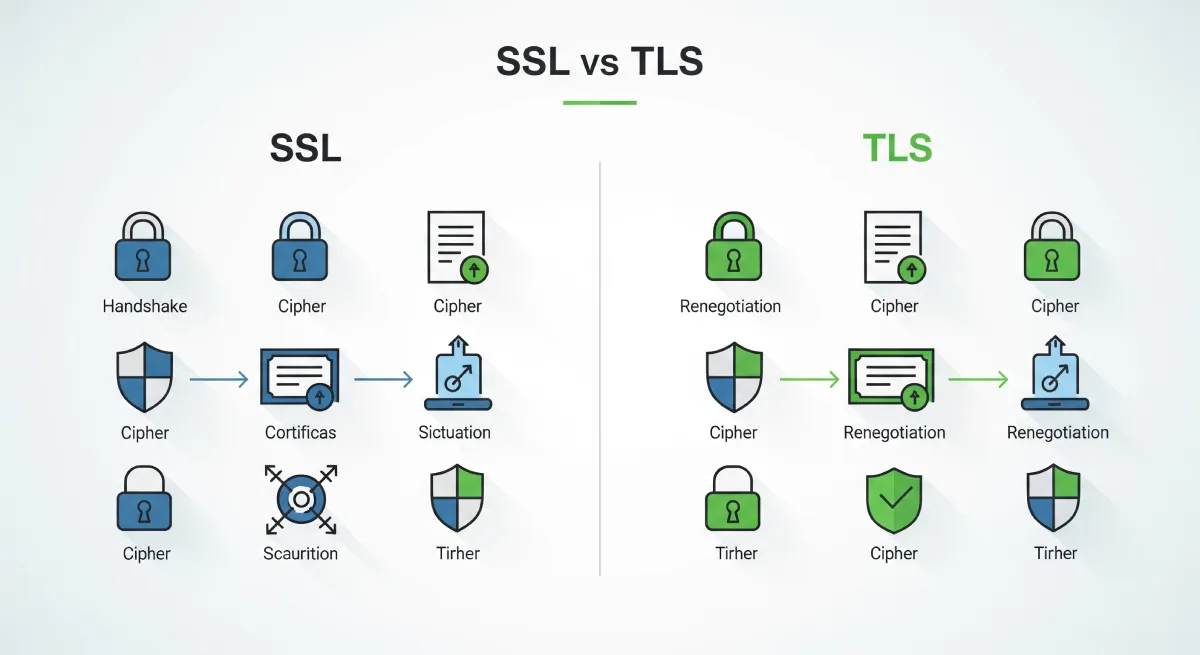In the realm of digital circuitry, understanding the difference between Integrator and Differentiator is crucial for engineers, enthusiasts, and professionals alike. These components play pivotal roles in shaping the behavior of electronic systems, and in this comprehensive guide, we illuminate the nuances that set them apart.
Integrator: A Deep Dive into Seamless Accumulation
An Integrator in digital circuits serves as a fundamental building block, orchestrating the accumulation of input signals over time. It acts like a virtual bucket, collecting and summing up the incoming signals to create a smooth and continuous output. This characteristic makes Integrators indispensable in applications where a gradual response to varying inputs is essential, such as in signal processing and control systems.
Precision Integration for Unwavering Performance
Our commitment to precision in integrating signals distinguishes us in the digital circuit landscape. We employ advanced design principles, ensuring that our Integrators operate seamlessly, providing accurate and unwavering performance in diverse electronic applications.
Differentiator: Navigating Rapid Signal Changes
Contrasting the Integrator, a Differentiator in digital circuits specializes in responding swiftly to changes in input signals. Picture it as an electronic speedometer, capturing the rate at which a signal changes. This ability is crucial in applications demanding quick adjustments and precise differentiation, such as frequency modulation in communication systems.
Innovating with Differentiation
Our approach to Differentiators involves continuous innovation. By staying at the forefront of technological advancements, we ensure that our Differentiators not only meet but exceed the demands of dynamic electronic environments. This commitment positions us as leaders in the integration and differentiation space.
Choosing the Right Element: Integrator or Differentiator?
The decision to employ an Integrator or Differentiator in a digital circuit hinges on the specific requirements of the application. While Integrators excel in scenarios requiring the smoothing of signals and gradual responses, Differentiators shine when rapid changes in signals need to be accurately tracked. The key lies in selecting the right tool for the job, and our expertise ensures optimal choices tailored to your needs.
Applications in the Real World: Integrator and Differentiator in Action
Precision Control in Robotics
In the field of robotics, the application of Integrators ensures precise control of movements. Meanwhile, Differentiators contribute by swiftly adjusting the robotic responses to dynamic environments, enhancing adaptability and performance.
Signal Processing in Communication Systems
In communication systems, Integrators play a role in smoothing out signals, reducing noise, and optimizing the overall quality of transmitted information. Differentiators, on the other hand, assist in accurately modulating frequencies, ensuring efficient data transmission.
Key Difference Between Integrator and Differentiator in Digital Circuits
Aspect | Integrator | Differentiator |
|---|---|---|
| Function | Accumulates input signals over time | Responds swiftly to changes in input signals |
| Application | Signal smoothing, gradual responses | Rapid adjustments, frequency modulation |
| Engineering Approach | Precision calibration for seamless operation | Continuous innovation for optimal performance |
| Adaptability | Ideal for applications requiring gradual responses | Crucial for applications demanding quick adjustments |
| Real-World Applications | Precision control in robotics, signal processing | Efficient frequency modulation in communication systems |
| Challenges | Proper calibration and avoiding signal distortions | Swift response without introducing noise |
| Integration and Differentiation | Accumulates input signals | Swiftly responds to changes |
| Feedback Mechanism | Essential for fine-tuning functions | Ensures precision and efficiency |
FAQs: Demystifying Common Queries
Q1. How does an Integrator function in digital circuits?
Answer: An Integrator accumulates input signals over time, producing a smooth and continuous output, ideal for applications requiring gradual responses.
Q2. What makes a Differentiator crucial in circuit design?
Answer: Differentiators respond swiftly to changes in input signals, crucial for applications demanding quick adjustments, such as frequency modulation in communication systems.
Q3. Can a single circuit act as both Integrator and Differentiator?
Answer: Yes, circuits can be designed to perform both integration and differentiation functions based on specific requirements, showcasing the adaptability of digital circuitry.
Q4. What challenges might arise in Integrator and Differentiator implementation?
Answer: Ensuring proper calibration and avoiding signal distortions are crucial challenges. However, with meticulous design and testing, these challenges can be effectively addressed.
Q5. How do Integrator and Differentiator contribute to signal processing advancements?
Answer: Integrators and Differentiators play pivotal roles in enhancing signal processing capabilities, leading to advancements in communication systems, medical devices, and various electronic applications.
Q6. What role does feedback play in optimizing Integrator and Differentiator performance?
Answer: Feedback mechanisms are essential for fine-tuning Integrator and Differentiator functions, ensuring they operate with precision and efficiency in different circuit environments.
Conclusion: Elevating Your Circuit Design
In conclusion, the difference between Integrator and Differentiator in digital circuits is not just a technical nuance but a crucial factor in achieving excellence in electronic systems. Our commitment to precision, innovation, and tailored solutions positions us as leaders in the digital circuit domain.




